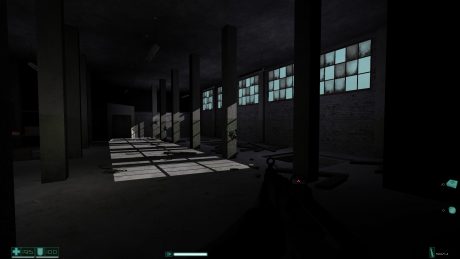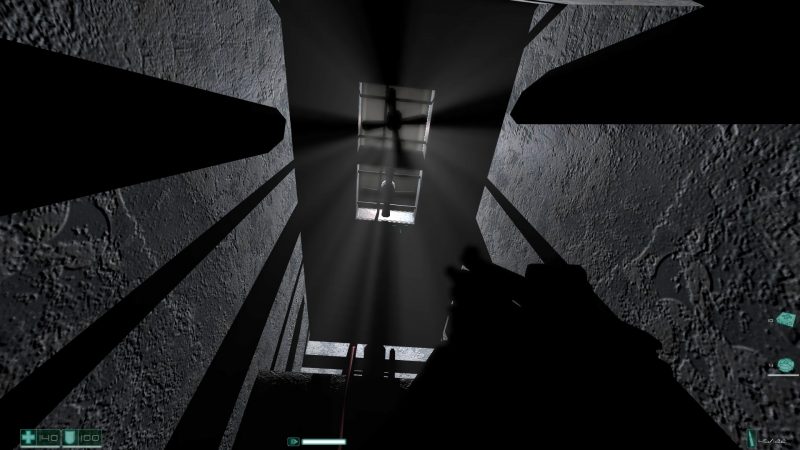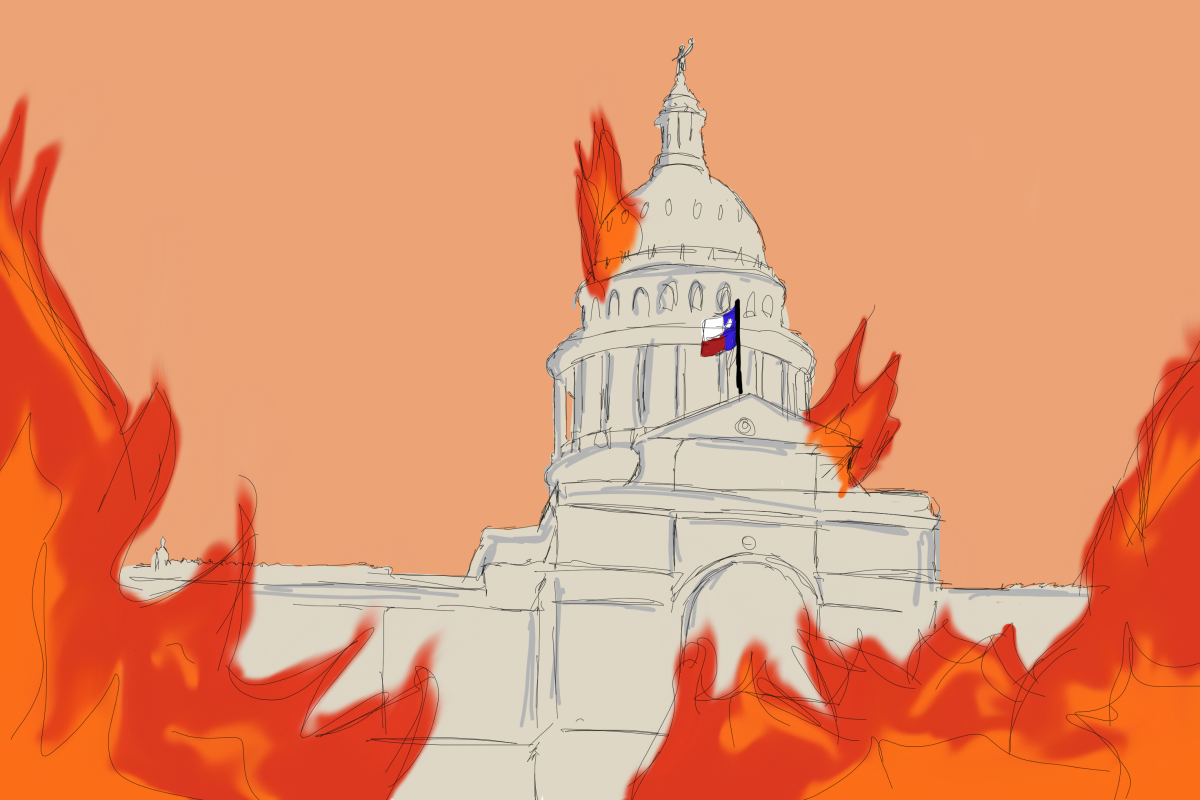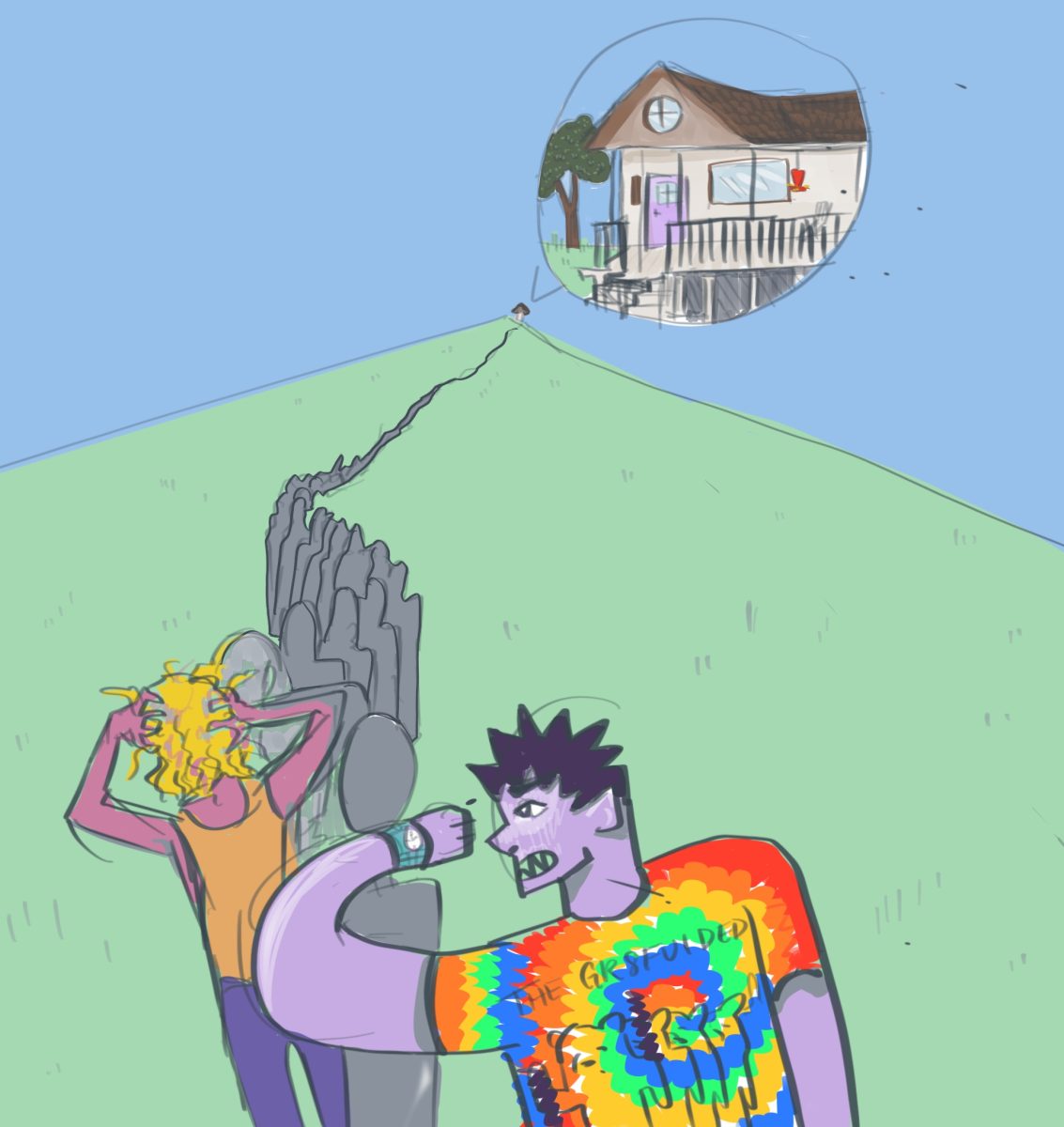Last week I wrote about the role of choice in videogames as a storytelling medium. This week I’m going to address videogames as a visual art.
For the last two decades, a large focus for major games has been photorealism — making games look as indistinguishable from reality as possible. Game developers have had great success in this endeavor, particularly as technology has improved. Human models that once had six triangles for a head now sit comfortably outside of the uncanny valley. Foliage, guns and other static elements of environments have exquisite detailing and light reflects and diffuses around them beautifully.
In many ways, the development of photorealism in games parallels the development of realism in art. Examining artworks from the Middle Ages through the Renaissance, one sees artists learning how to utilize perspective to create the illusion of three dimensions, how to draw the human face and figure realistically instead of as two-dimensional cutouts, and how to accurately render different materials under different light sources from different angles. Realism in art evolved and split into different branches over time. Some artists focused on nature, others on the lives of everyday people, others on religious imagery and so on. All these artworks look “real,” but they have different aesthetic qualities of “realness” deriving from the different techniques and intents of the artists.
Similarly, modern videogames and studios specialize in different modes of photorealism. The Crysis series has excellent tropical foliage, convincing neon and LED lights and atmospheric lighting that feels like a faithful reproduction of a clear, sunny day. The Metro series, set in the post-nuclear train tunnels and the radioactive surface of Moscow, has exceptional swampy, mutated vegetation, terrifying spiders and wolf-type creatures and lighting that feels harsh and wintry above ground and weakened and constrained by darkness below ground. Battlefield 1, a first-person shooter set in WWI, has exquisitely beautiful, detailed environments that become convincingly demolished by explosions and bullet impacts under a stark lighting that drives home the reality of the destruction wrought on the continent.
There’s real appreciation to be had for the current era of photorealistic games, as there was for realist art. We can appreciate photorealism both as a goal in and of itself, a demonstration of human ability and craftsmanship and as a quality that increases the immersiveness of games and better enables the player to suspend disbelief.
In the earlier days of gaming, however, the technology just wasn’t there and even the best-looking games were obviously far from reality. However, in striving towards photorealism, some games achieved a different kind of artistic success. A standout example is F.E.A.R., a survival-horror first-person shooter from 2005. F.E.A.R. was at the peak of graphical fidelity at the time, though its effects look dated today. However, its lighting and design aesthetic still hold up to create something special. F.E.A.R. is set almost exclusively in office buildings and industrial warehouses. Presumably to save resources, these game environments are generally bare, decorated with miscellaneous clutter only to the minimum extent necessary to establish a sense of place. By contrast, modern games pack environments with detail and clutter. F.E.A.R.’s lighting system uses stencil shadows, wherein light is modeled as rays extending outward from a light source. Once a ray hits an object, it stops. The result is stark, harsh shadows, with immediate, total darkness in the absence of a direct light source.
F.E.A.R.’s lighting and environmental designs come together to create a game with a harsh contrast of light and dark reminiscent of film noir and straight, rigid shadows reminiscent of Edward Hopper’s “Office in a Small City” or “Rooms by the Sea,” all set in environments that mix the imposing feel of brutalist architecture with the oppressive sameness of office and industrial spaces. It’s a unique, remarkable aesthetic sensation that imbues the moments of horror, action and quiet in gameplay with a constant sense of tension and menace.

Despite these successes, there are compelling criticisms of photorealism as a goal of games. Just as realism faded as an ideal of art and Cubism, Dadaism and other styles of abstract art arose, so too have other styles of videogame aesthetics surged in popularity recently. Cel-shading, pixel art and hand-drawn animation are just a few examples. Many of these hark back to the early days of videogames before photorealism was possible. Others reach back to prior art periods. Firewatch, for example, resembles natural park posters printed by the Works Progress Administration in the 1930s and 1940s.
The aesthetics of videogames are shaped by the traditional forms of art that predated them, their own history, the capabilities of technology, the needs of stories and the creativity and resources of developers. Videogames should be taken seriously as visual art, and they reward the player who does.
*Credit to Michael Hughes, the Instruction/Liaison Librarian for taking the time to sit and talk with me about videogames.






